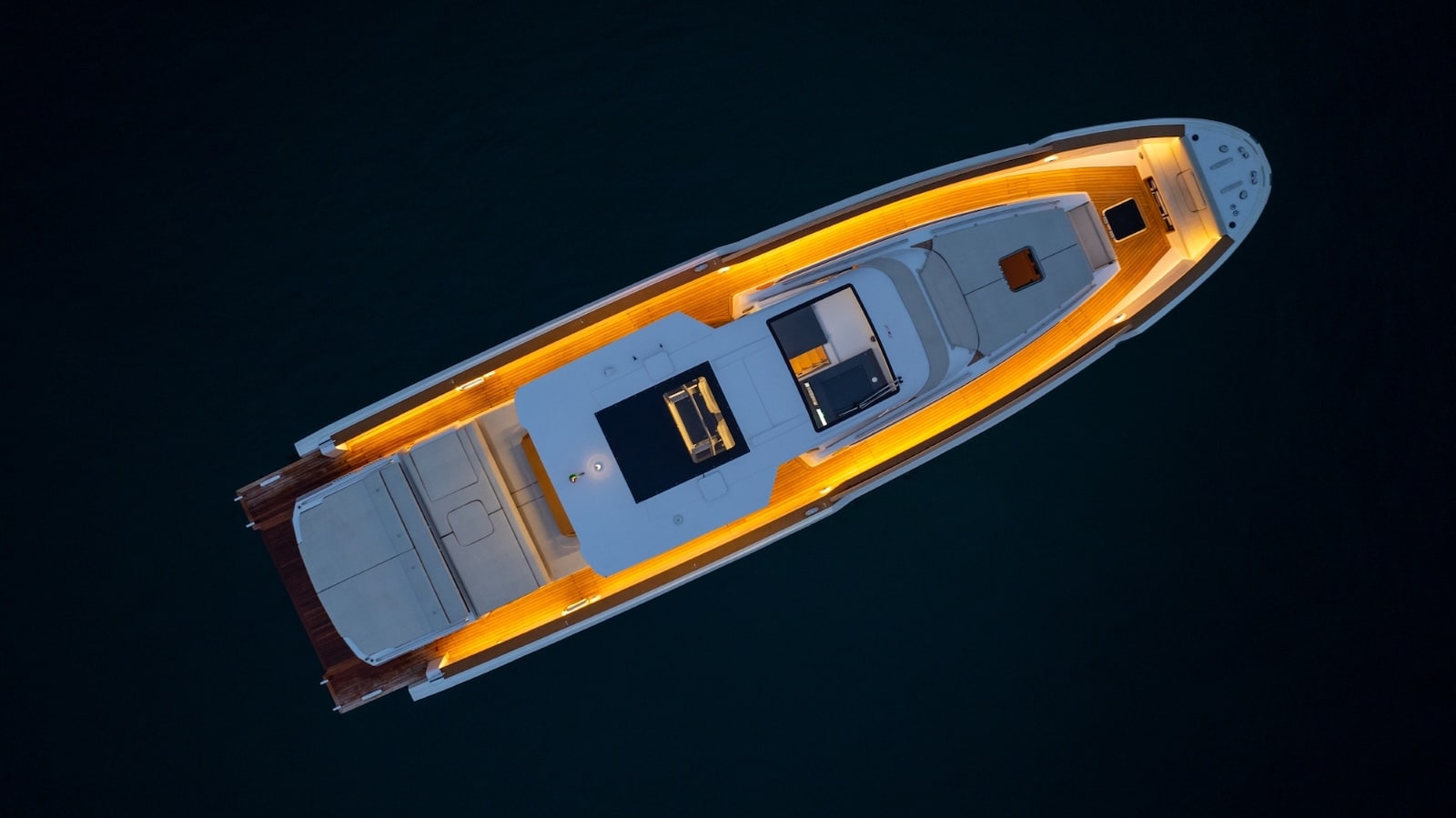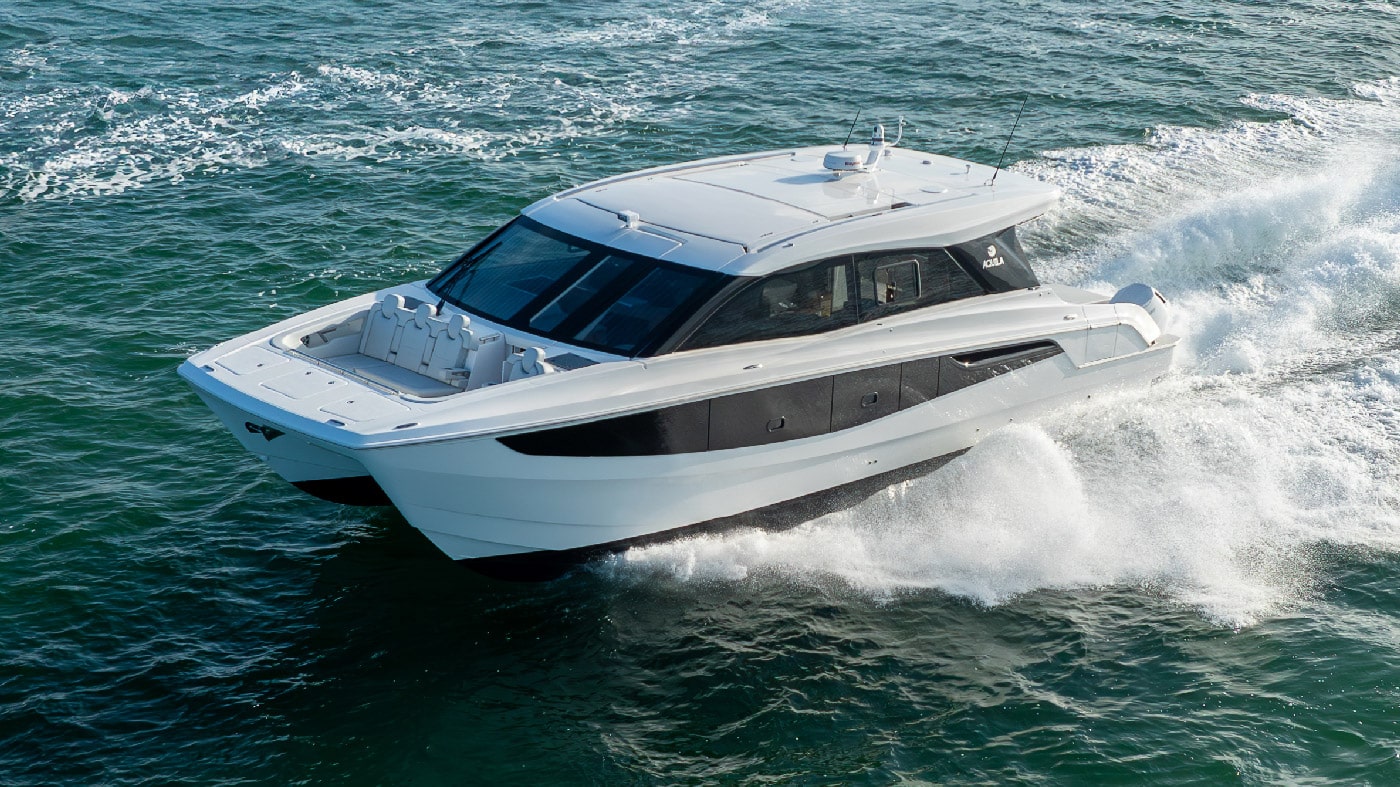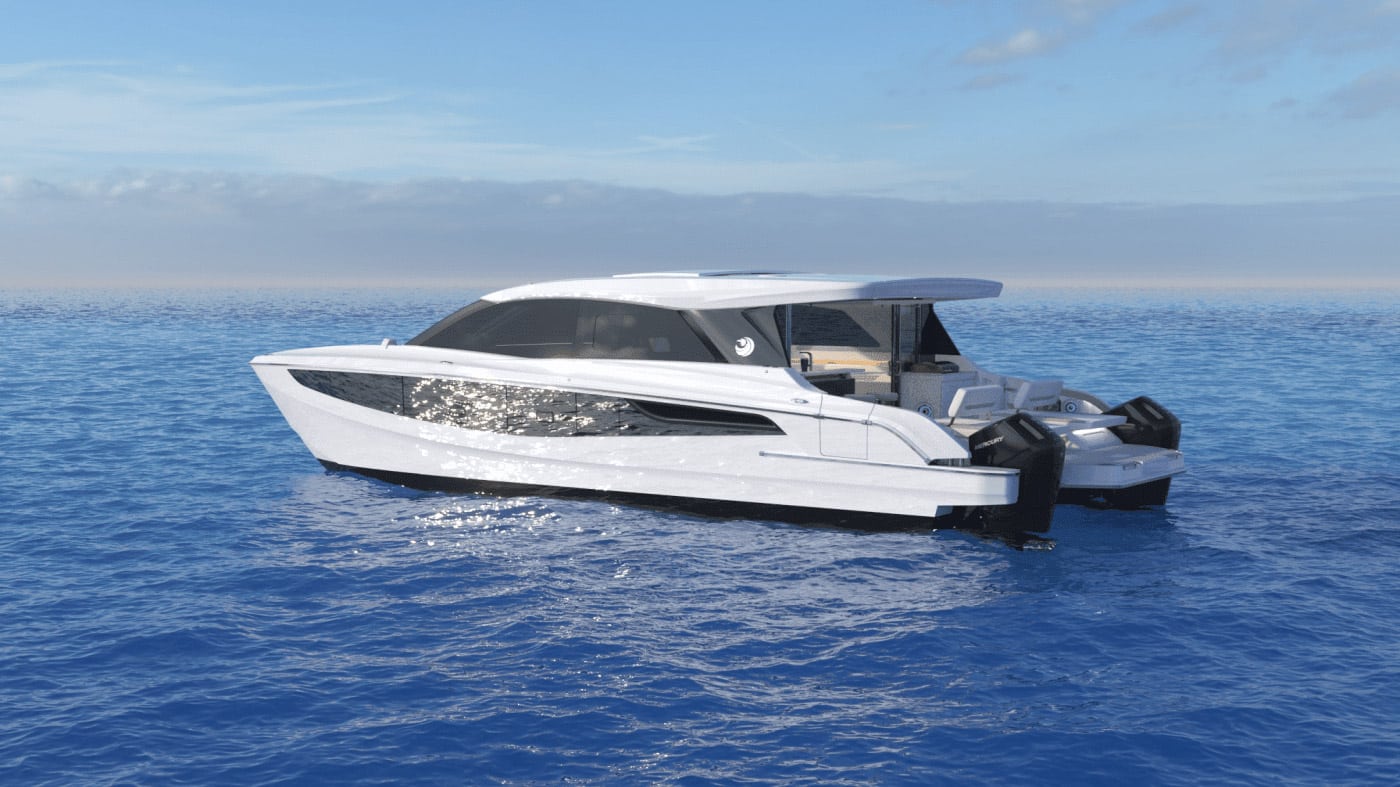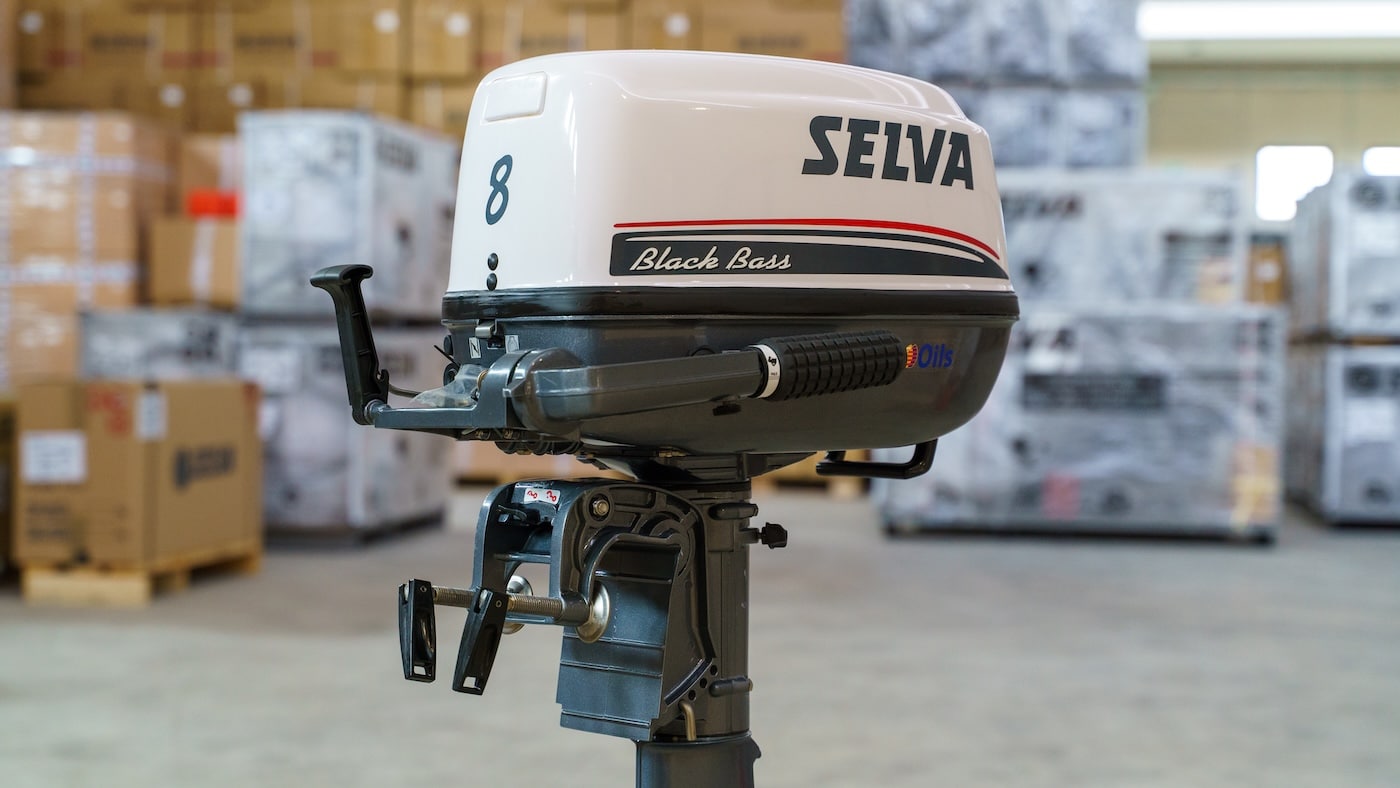Leggi l’articolo in italiano
Today, the market offers many kinds of solar panels: rigid, flexible, semi-flexible, for sails, booms or somewhere else. Prices are falling fast and they’ve got affordable for anyone.
But do they really work? Can they ensure a good energy independence? Can we manage them on board?
We verified that in few steps:
Choice of the panel
The first point is energy balance. Each of us has its own one, according to his consumption and habits. In our case, we considered a typical day in a roadstead and a night at anchor. The result we obtained was as following:
Our freezing-temperature fridge (we like very cold beers) has an average consumption of 2 Ah, so 48 A in a day.

Our anchor light (we’ve a traditional one) has a consumption of about 1 Ah, so, if we consider 10 hours of darkness, the total consumption is 10 A a day.
Equipments, lights, autopilot, plotter and music reach about 15 A a day.
Consequently, our total consumption is 73 A a day.
Now, let’s talk about the panel: the rated power of a panel is expressed in Watts which must be converted into Ah and then divided by the tension used on board, in our case 12V.
So, a 100W solar panel would provide about 8.33 Ah, which, moltiplied by 8 hours of light, give 66 A in total. But is it true?
Absolutely NOT! Many other factors need to be considered. First of all, the brownout provoked by the electric cables’ diametre and length, the position and inclination of the panel and weather conditions because, of course, solar panels need sun to produce energy…
I recommend a rated power reduction factor of 50%; a 100 W panel will produce no more than 33 A a day, not enough for our energy balance.
Thus, we chose a flexible Solbian 210 W panel with a rated power of 17.5 Ah, so good for us who will use about 8A x 8 hours a day.
But, where to place such a large panel?
Installation
Our idea was to place the panel in a zone as far as possible from areas of shadow. Ocean sailors, in fact, usually install a very functional but ugly frame aft. We wanted to try to install our new flexible panels on the bimini through a technique which could make them easy to dismantle and close when necessary.
So, we searched a solution both with Solbian and Delta Boat Care, a very creative and innovative company from Varazze which offers a comprehensive boat assistance service.
The panel was “imprisoned” in a fabric pocket equipped with zippers sewn on the bimini so that the panel could be removed fast if necessary.
The joints provided by Solbian completed the installation and made the eventual panel dismantling possible in just few seconds, a situation we didn’t experience because, even at 35 knots, our panel just hung on the bimini.
The regulator Solbian gave us and that Delta Boat Care mounted on our boat was a Western VRM 15, placed at about 12 metres of cable from the panel and provided with four-millimetre-thick electric cables passing thorugh tubulars and lockers until the battery compartment.
Test
First of all, we want to tell you that we’re really proud of our panel and we recommend to install it exactly how and where we did in order to reduce the ratio between the rated power and the real provided one.
We sailed off from Varazze more than 15 days ago and we stayed almost always at anchor, except for 2-3 days where we stayed in harbour for our technical stops. Our Daydreamer is a Comet 460 of 1986, with five 105 Ah service batteries and a high consumption since we’ve a 30-year-old Navtech hydraulic power pack (which still works very well…)
Test: 24 hours in roadstead
We started our test when we arrived (using motor) from Solenzara to Santa Giulia in Corsica. At about 13.30 we turned off our engine. Batteries were almost full and both the tester and the regolator indicated 13.6 V.
We started our test with the fridge always on and a normal aboard life. A light mistral was blowing, our boat was oriented towards West-North West and the astern part of our boom generated a shadow of about 25 x 20 cm on the panel. We cleaned the panel and started our measurements.
The regulator is a strange beast, we expected to read the current coming from the panel but, on the contrary, it told us how much current was going to the batteries. When our fridge was on, Ampere measurement increased heavily while the voltage one decreased in proportion. In these conditions, we measured 13.2 V and an input of about 5 Ah in the batteries.
When the fridge turned off, the panel and the regulator slowly indicated a voltage of 13.6/13.8 and an input of 1-1.2 A. Fridge operated often because we opened it frequently but, during the day, we used batteries also for many other purposes, such as showers, devices (we kept on deliberately), computers and smartphones, inverter sometimes and so on.
The panel continued this way until 16h30-17h00, then the sun started to have a different inclination and we reached 13 V at nightfall.
Interesting note: at about 19h00, the panel still provided batteries with 1.1 Ah, not bad, I’d say.

We went to bed and, the following day, we woke up at 8h30. After having a good coffee, we verified our measurements: service batteries had a voltage of 12.5 V, the panel had already started to charge slowly but it was covered with dew, so we cleaned it. The input current was between 0.8 and 1.2 A.
To regain 13.6 V, our panel had to produce as following:
105 A per battery x 5 =525 A at 13.6 V. At that moment, we had only 12.5 V and 482 A in total so, to regain 13.6 V, we woud have to recover about 42 V during the day, without considering our fridge consumption.
However, the panel increased its performance as hours went by and at about 14h30 it reached 13.6 V.
So, we didn’t even turned our engine on to charge batteries and our solar panel worked very well….unfortunately, our anchor light consumes too much, with a led one we would have saved 10 A at least….
Test: while sailing
When sails are used, total consumption is a complicated matter and there are many factors to consider. Fortunately, we have two excellent allies: our boat has a wonderful course stability and she is provided with Raymarine equipments, the most advanced devices available on the market today.

One can imagine a very high consumption; on the contrary, Raymarine autopilots and devices ensure a very low consumption and excellent performances.
So, again, what consumesthe most is our freezing-temperature fridge.
Anyway, we left from Marina di Cala de Medici on July 26th at 12h00 to Capraia. Just before the harbour, we were welcomed by a north-western 10-knot-wind which forced us to turn our engine off and sail close to wind.
We had 32 miles to do and our boat ran at about 8 knots; pilot, electronic devices and fridge were on and working and the battery was full with tester and voltmeter at 13.6 V.
We left the pilot manage the listing fast boat, we had some sandwiches, while 4 hours of wonderful sailing passed very fast.
Once we reached Capraia and before turning the engine on, we checked all our equipments.
Tension was 13.1 V, a very good result.
Our equipments and solar panel, installed this way, had worked very well.
So, we moored in Capraia and enjoyed the rest of the day, happy to have tested this new tool which, in our opinion, can replace a generator very well, with all the consequent advantages: no noise, no bad smell and low maintenance costs.
We invite all the readers who will bump into our courses until the end of August to “hold in their hands” what we are saying and have a drink with us.

































5 Responses
Super unit! Must have!
Your units are backwards – Ah (Ampere-Hour) is the unit for energy consumption over time, while A (Amperes, commonly Amps) is the unit for current flow.
In addition, nominal 12v systems don’t actually operate at that voltage (that voltage would indicate a completely discharged battery, and batteries should not routinely be discharged below 50% of capacity); 13.38 volts is a much more appropriate voltage to use in converting from watts to amperes in the solar panel calculation.
Your units are backwards – Ah (Ampere-Hour) is the unit for energy consumption over time, while A (Amperes, commonly Amps) is the unit for current flow.
In addition, nominal 12v systems don’t actually operate at that voltage (that voltage would indicate a completely discharged battery, and batteries should not routinely be discharged below 50% of capacity); 13.38 volts is a much more appropriate voltage to use in converting from watts to amperes in the solar panel calculation.
Hi, it is a fantastic blog that you have published. Really That is helpful to buy a solar Battery.
A quality solar training reduces the likelihood of mistakes. Based on following hundreds of solar companies that take this training